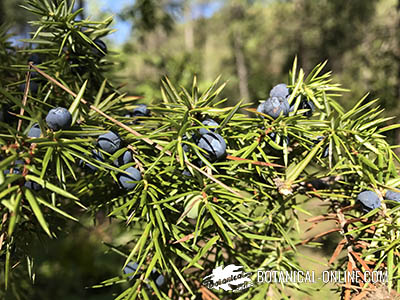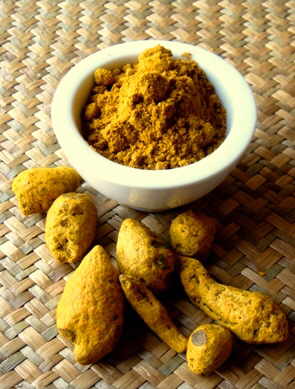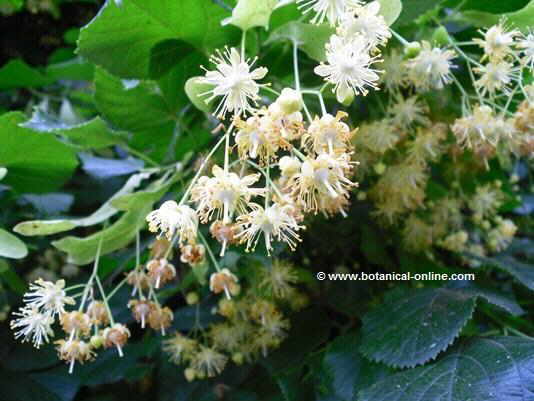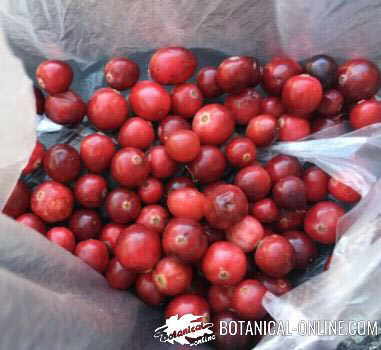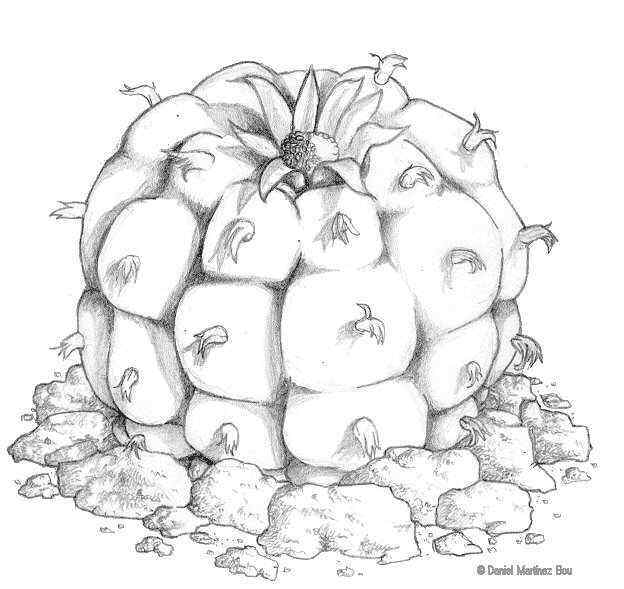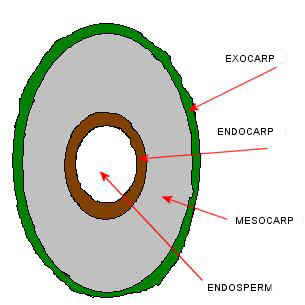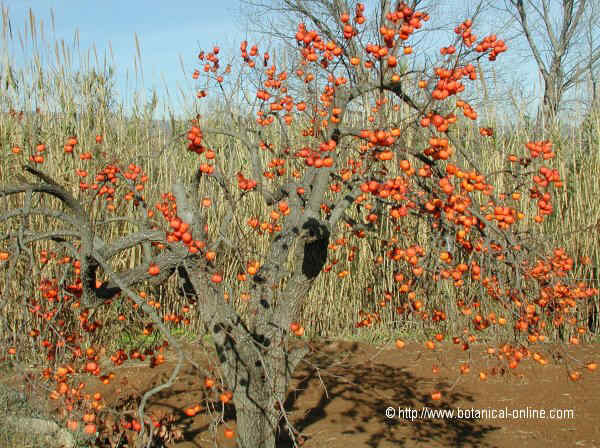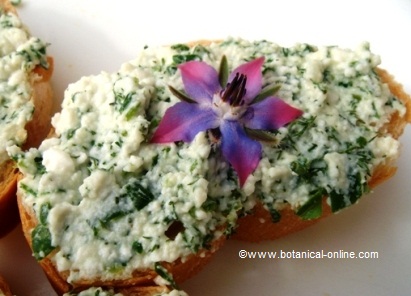Contents
- 1 How to grow asparagus
- 1.1 How to cultivate asparagus
- 1.2 Uses of cultivated asparagus
- 1.3 Asparagus: Climate and location
- 1.4 Asparagus: Soil, preparation and fertilizer
- 1.5 Soil preparation for growing asparagus
- 1.6 Asparagus: Irrigation
- 1.7 How is it better to irrigate asparagus crops?
- 1.8 Asparagus: Reproduction
- 1.9 How are asparagus rhizomes planted?
- 1.10 Asparagus: Ridging and maintenance tasks
- 1.11 What other maintenance tasks are necessary in the cultivation of asparagus?
- 1.12 When and how are asparagus harvested?
- 1.13 Asparagus, collection and conservation:
- 1.14 Asparagus: Use
How to grow asparagus
How to cultivate asparagus
Asparagus is a vegetable obtained from the stems of the asparagus plant (Asparagus officinalis). It has a very characteristic and aromatic taste, slightly bitter, and its texture is tender. White asparagus, thicker than wild asparagus, is obtained from the cultivated varieties.
Uses of cultivated asparagus
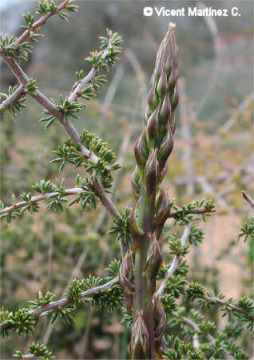
As a cultivated plant, it is cultivated for its young stems. These grow from an underground rhizome. We should take into account that asparagus is a dioecious plant, that is to say that there are male and female specimens. Male plants are used for cultivation, which are the ones that produce the greatest number of stems in a shorter time.
On the other hand, by not producing seeds, it is easier to control their cultivation. (Female plants would disperse seeds uncontrollably and lead to overly tight plant growth, making it difficult to produce young stems and promoting the emergence of diseases.)
Asparagus: Climate and location
- Asparagus is a plant that adapts to temperate, tropical or subtropical climates. It prefers a clear place but free from strong winds or air currents.
- It needs light. It grows best between 18 and 25 ºC. It is considered that daytime temperatures below 15 ºC or night temperatures below 10 ºC slow its growth.
- Asparagus is best developed with an environmental humidity of 60 to 70%. We should avoid windy places that dry out the humidity of the air and make it impossible for it to grow.
Asparagus: Soil, preparation and fertilizer
Asparagus prefers deep, fresh, well-drained soils. An accumulation of water in the soil can result in the death of the roots. The appropriated pH is between 6.5 and 7.8. It withstands saline terrain very well.
Stony soils are not suitable, since stones can damage the tips of the young stems when it grows up.
Soil preparation for growing asparagus
- Asparagus production lasts about 10 years. First of all, the ground should be tilled, with a deep tillage and then more superficially tillage to crush the soil well.
- The manure is added to the ground at a rate of 500 kg per 100 m2 at the same time these tasks are carried out. In addition to manure around 90 grams of phosphorus (P2 O5) and around 2.5 kg of potassium (K2O) should be added per 100 m2. It is also good to add 1.5 kg of nitrogen. These should be divided into three applications along the first year.
- In the second year, in winter, around 150 kg of manure per 100 m2 will be added as a background fertilizer every year, about 90 of phosphorus (P2 O5) and 1.5 kg of potassium (K2O). In cover fertilizer 1 to 2 kg of nitrogen (N), 0.5 to 1 kg of phosphorus (P2 O5) and 1.5 to 2.5 kg of potassium (K2O)
- From the third year onwards, 1 to 2 kg of nitrogen (N), 0.5 to 1 kg of phosphorus (P2 O5) and 1.5 to 2.5 kg of potassium (K2O) will be added as background fertilizer. As a cover fertilizer, add 1 kg of nitrogen (N).
Asparagus: Irrigation
The plant grows best with abundant water, although it does not support waterlogging. However, asparagus is able to adapt to climates with very different rainfall rates. It tolerate dry areas well.
It should be watered after planting. It will then be irrigated during vegetative growth and during the harvesting season. In general, it will be ensured that the terrain remains humid, without flooding it. For this, in dry climates it may be necessary to water a couple of times a week.
How is it better to irrigate asparagus crops?
The best way to irrigate the asparagus plant is by dripping, since this procedure allows to maintain a constant humidity. If we do not have drip, we will use gravity irrigation.
Sprinkler irrigation should be avoided during the growing season of the plant since this system makes it too wet and may favor the appearance of many fungal diseases. However, the sprinkler system is useful during the irrigation carried out at harvesting time.
From the end of summer, and especially in warm and rainy seasons, watering will be stopped to avoid unnecessary shoots that could deplete the rhizome reserves destined to produce.
As indicators of adequate watering, it should be noted that a lack of irrigation produces low plants with little vigor, while an excess of irrigation manifests itself in the form of yellowing of the external plant material.
Asparagus: Reproduction
How are asparagus sown? Production of rhizomes through seeds
One of the ways to propagate asparagus is through seeds. The seeds are sown in seedlings and then transplant the rhizomes in the final location.
Sowing of seeds is carried out at the end of winter or in early spring at a depth of a couple of fingers. A minimum temperature of 6 to 8 ºC is needed so that the seeds can germinate. The best temperature for this is 0 to 25 ºC. From 35 or 40 ºC germination stops.
From seeds, the plant grows all spring and summer until autumn comes and dries up. At this time, the entire outer part of the plant is cut. Only the rhizome is left under the ground that will remain active throughout the winter. When spring arrives, the rhizomes are removed to plant in their final place.
How are asparagus rhizomes planted?
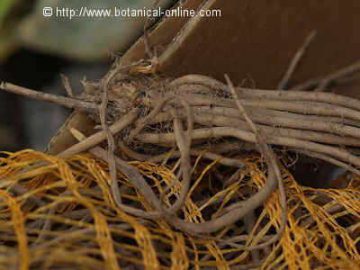
Before planting, we should choose the rhizomes that are in good condition, which are those that do not show symptoms of rot and that are in good general condition. They should weight more than 20 gr. The rhizomes handmade planting should be properly treated to eliminate possible pests or diseases.
If you prefer, you can choose to buy rhizomes in specialized stores. These already have the right size and characteristics. In addition, they are already disinfected.
The rhizomes of asparagus can be planted in two different ways:
- Planting in trenches: Trenches about 30 to 40 cm deep are dug, between 1.8 and 2.3 m apart. The rhizomes should be planted about 10 cm deep, separated from each other between 40 and 50 cm.
- Planting in furrows: Furrows about 20 to 30 cm deep are opened, spaced between 1.5 and 2 m from each other. The rhizomes should be planted about 10 cm deep, spaced between 30 and 40 cm from each other.
If we want to obtain green asparagus, the distance between rows or between plants can be reduced. In green asparagus cultivation it is not necessary to make ridges.
Asparagus: Ridging and maintenance tasks
How is the ridging of white asparagus carried out?
- Ridging: In order to obtain white asparagus, it is necessary to perform the ridging technique or earthing up. This technique consists of accumulating soil on the rhizome as it produces the outer part of the plant. In this way, the tender stems or shoots are kept underground and develop whitish due to lack of light that prevents them from developing chlorophyll.
- Earthing down: However, we need to have a certain part of the external plant so that it can capture the light necessary to perform the chlorophyll function and allow the development of the underground rhizome and edible shoots. To do this, from time to time, some shoots are left uncovered so that, from these, the external plant develops, which allows the growth of the entire plant mass. The process of releasing some of the shoots to the outside is called earthing down.
- You should not earthing up to obtain green asparagus: If you want to produce green asparagus, you should not ridging them since the light must hit them for the development of chlorophyll, which is what gives it greenery.
What other maintenance tasks are necessary in the cultivation of asparagus?
In addition to the necessary ridging and earthing down, we should take into account a series of tasks that can allow the good growth of asparagus. These include:
- Weeding: Weeds can be removed manually or with herbicides.
- Padding: Planting is covered with transparent plastics in order to retain moisture and increase the temperature, thus advancing production.
- Pruning: Pruning will be carried out when the external part dries, which occurs after the collection of the shoots. Pruning is done by mowing at ground level, manually or mechanically.
When and how are asparagus harvested?
It takes about four seasons to produce shoots suitable for consumption or sale. After the fourth year, they can be collected, and the production process can be extended to ten years. From the sixth year, we can say that they are already fully productive.
In case of cultivation in tropical or subtropical areas, production occurs during the first year of cultivation.
Harvesting takes place daily from early spring to early summer. White asparagus harvesting is done manually, using specialized sharp cutters. In the case of green asparagus, it can be done mechanically, which is suitable in intensive crops.
Those asparagus should be collected when they are ready for consumption or sale. For this, the rules established by the competent authorities will be taken into account. Immature asparagus or those with open head bracts are not suitable for commercialization.
Asparagus, collection and conservation:
When collecting asparagus, be careful not to damage them. Cut asparagus should be collected as soon as possible from the soil so that they do not become hard. They shall always be placed upright so that the end does is not bent, and with the bottom part of the stem inside the water so that it remains tender.
Asparagus can be kept cold at a temperature of about 2 or 3 ºC and a humidity of 95%. In the case of being used for fresh consumption, small bundles are made tied with an elastic band. Previously, whether intended for canning or direct consumption, they should be properly refrigerated and washed. In case of being use for industry, in addition to cooling and cleaning they will need to be blanched and peeled.
Asparagus: Use
It is cultivated for the production of shoots (young and tender stems) that are intended for human consumption.
![]() More information on asparagus
More information on asparagus

